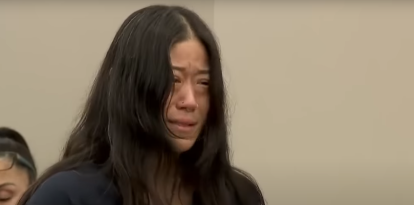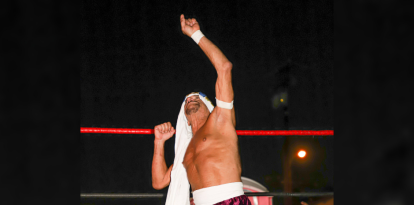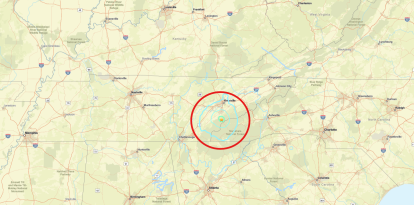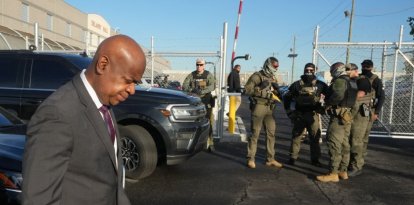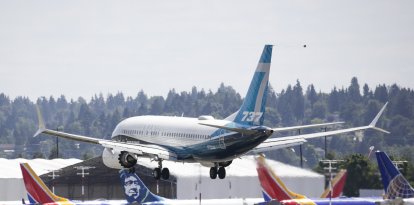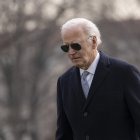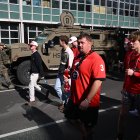FBI reveals timeline of New Orleans attacker’s planning and surveillance
The terrorist, Shamsud-Din Jabbar, had previously gone to the scene of the attack and shot video of Bourbon Street with Meta smart glasses.

Edited image with a photo of the suspect, Shamsud Din Jabbar
The feds on Sunday revealed new details about the deadly terrorist attack in New Orleans, where Shamsud-Din Jabbar, a 42-year-old man linked to ISIS, rammed a Ford pickup truck into a crowd, killing 14 people and wounding dozens more victims.
At a news conference Sunday the FBI revealed the attacker's movements in and out of the country and the preparations he made immediately before the deadly attack.
Jabbar, according to the new timeline, had traveled to Cairo, Egypt, from June 22 to July 3, 2023, and then returned to the country for several days.
Then, on another trip dated July 10, 2023, he traveled to Ontario, Canada, and returned to the United States a few days later. Recently, Jabbar had also visited Tampa, Florida.
Of all of Jabbar's trips, the two highlighted by authorities the most were from last October and November, when the attacker visited New Orleans and shot video of Bourbon Street with Meta smart glasses. It is presumed that Jabbar's intent was to gather information prior to the attack.
"Our agents are getting answers to where he went, who he went with and how those trips may or may not tie into his actions here," said Lyonel Myrthil, FBI special agent in charge of the New Orleans Field Office.
Myrthil also noted that Jabbar was wearing Meta glasses at the time he carried out the attack, but did not activate them to live-stream the attack.
According to authorities, the attacker bought coolers in Texas last Dec. 31 and used them to conceal improvised explosive devices before going to a home he rented in Louisiana. Just hours after arriving in the state, during the early hours of the first day of January the attacker placed the explosives in two locations and the FBI released footage showing the suspect placing one of the devices at Bourbon and Saint Peter streets and the other between Bourbon and Toulouse streets.
However, authorities said the terrorist made a mistake when detonating the devices during the attack and, if it weren't for that fact, the attack could have been even worse.
"He didn't have access to a detonator, so he used an electric match in its place to try to set off the explosive material," said Joshua Jackson, ATF special agent in charge of the New Orleans Field Division. "It's not novel. What was different is he didn't use the right or the correct device to set it off. And that is just indicative of his inexperience and lack of understanding of how that material might be set off."
But beyond his overseas itinerary, the FBI insisted that, at the moment, there is no evidence that Jabbar acted in collaboration with an outside organization or others. The hypothesis, so far, is that the attacker operated alone.
"All investigative details and evidence that we have now still support that Jabbar acted alone here in New Orleans," FBI Deputy Assistant Director Christopher Raia said. "We have not seen any indications of an accomplice in the United States, but we are still looking into potential associates in the U.S. and outside of our borders."
The clearest details of the case is the black ISIS flag found in the rented van and old videos of Jabbar where he is seen pledging allegiance to the Islamic State before the attack.
According to the timeline, Jabbar also set a fire on Mandeville Street before going to Bourbon Street, in what could be seen as a sort of diversion before carrying out the main terrorist attack.
RECOMMENDATION
